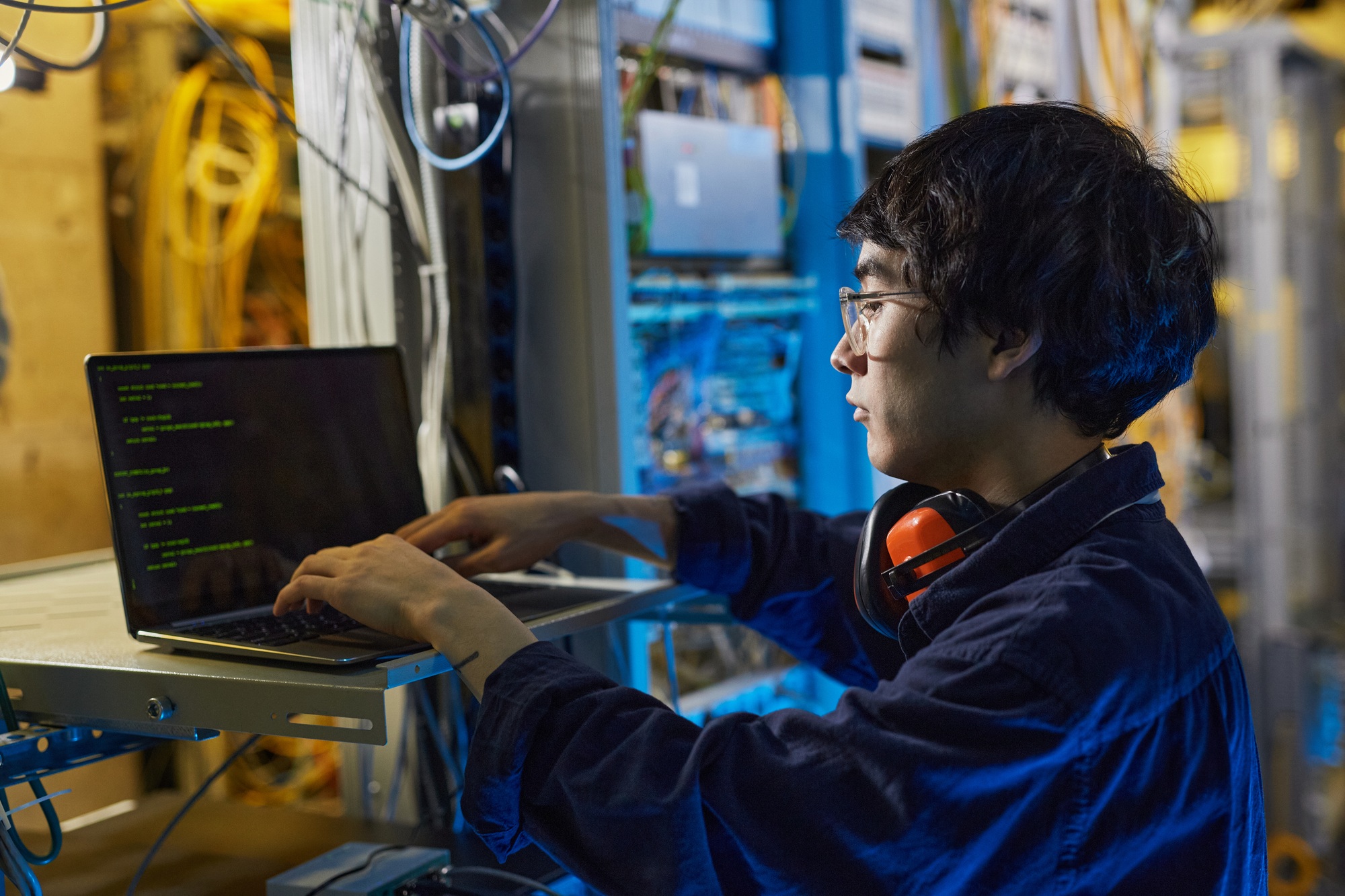In today’s rapidly evolving tech landscape, a groundbreaking trend known as vibecoding is transforming the way we approach software development. By harnessing the power of artificial intelligence, vibecoding is making coding more intuitive and accessible—opening the door for both seasoned programmers and curious beginners alike.

What Is Vibecoding?
Vibecoding represents a shift from traditional programming methods. Instead of strictly adhering to complex syntax, developers and non-technical users can now input ideas in everyday language or even through visual cues. This innovative approach leverages AI to interpret these inputs and transform them into functional, optimized code. In effect, vibecoding not only simplifies the process but also invites a broader range of creativity into software creation.
The Evolution and Technology Behind Vibecoding
From Traditional Coding to Intuitive Design
Software development has come a long way—from the days of assembly language to high-level languages that simplify programming. Vibecoding is the next step in this evolution. Early experiments with natural language interfaces paved the way, but recent breakthroughs in neural networks and machine learning have finally made this intuitive method a reality.
Core Technologies Powering Vibecoding
- Natural Language Processing (NLP):
The ability to convert everyday language into structured, executable code. - Deep Neural Networks:
AI systems that learn from vast amounts of coding data to generate and refine code automatically. - Visual Context Interpretation:
Tools that can analyze sketches and interface designs to create code that mirrors a developer’s vision. - Real-Time Debugging:
Integrated feedback loops that instantly correct and optimize code as it is created.
Together, these technologies create an environment where human creativity meets machine efficiency, drastically reducing development times and encouraging innovative problem-solving.
Benefits and Industry Impact
Opening the Doors to All
One of the most exciting aspects of vibecoding is its potential to democratize software development. By lowering the technical barrier, it empowers not just expert coders but also designers, entrepreneurs, and hobbyists to contribute to tech innovation.
Boosting Creativity and Collaboration
With routine tasks automated, developers can focus on high-level design and creative problem-solving. This shift enhances collaboration between technical experts and non-coders, fostering a more inclusive and innovative tech community.
Transforming Education and Future Jobs
Academic curricula are already adapting to this new paradigm, emphasizing design thinking and problem-solving over rote memorization of code. Additionally, as vibecoding continues to evolve, we are likely to see the rise of hybrid roles—professionals who blend technical expertise with creative guidance of AI systems.
Overcoming Challenges
Despite its promise, vibecoding comes with its own set of challenges. Ensuring the quality, security, and scalability of AI-generated code remains a top concern. Additionally, issues around intellectual property and the ethical implications of automating creative tasks are sparking vigorous debate within the industry.

Frequently Asked Questions
Q1. What exactly is vibecoding?
A1. Vibecoding is an AI-enhanced method of programming that translates natural language and visual inputs into working code, simplifying the development process and making it more accessible.
Q2. How does vibecoding streamline the coding process?
A2. By using advanced technologies like NLP, deep neural networks, and visual context analysis, vibecoding automatically generates, debugs, and optimizes code in real time—reducing development time and allowing for rapid prototyping.
Q3. What does the future hold for vibecoding?
A3. The future of vibecoding is bright, with potential enhancements in personalization, integration with AR/VR technologies, and expansion into various domains such as robotics and quantum computing. Continuous improvements in AI and security measures will further refine this approach, making it an indispensable tool in software development.
Conclusion
The new age of vibecoding is here, promising to reshape the landscape of software development. By blending the intuitive aspects of human creativity with the precision of AI, vibecoding is setting the stage for a more inclusive and innovative future in tech. As developers, educators, and industry leaders adapt to these changes, the balance between automation and human oversight will be key in unlocking the full potential of this revolutionary approach. Stay tuned as vibecoding continues to evolve, heralding a new era in programming innovation.
Sources The New York Times


